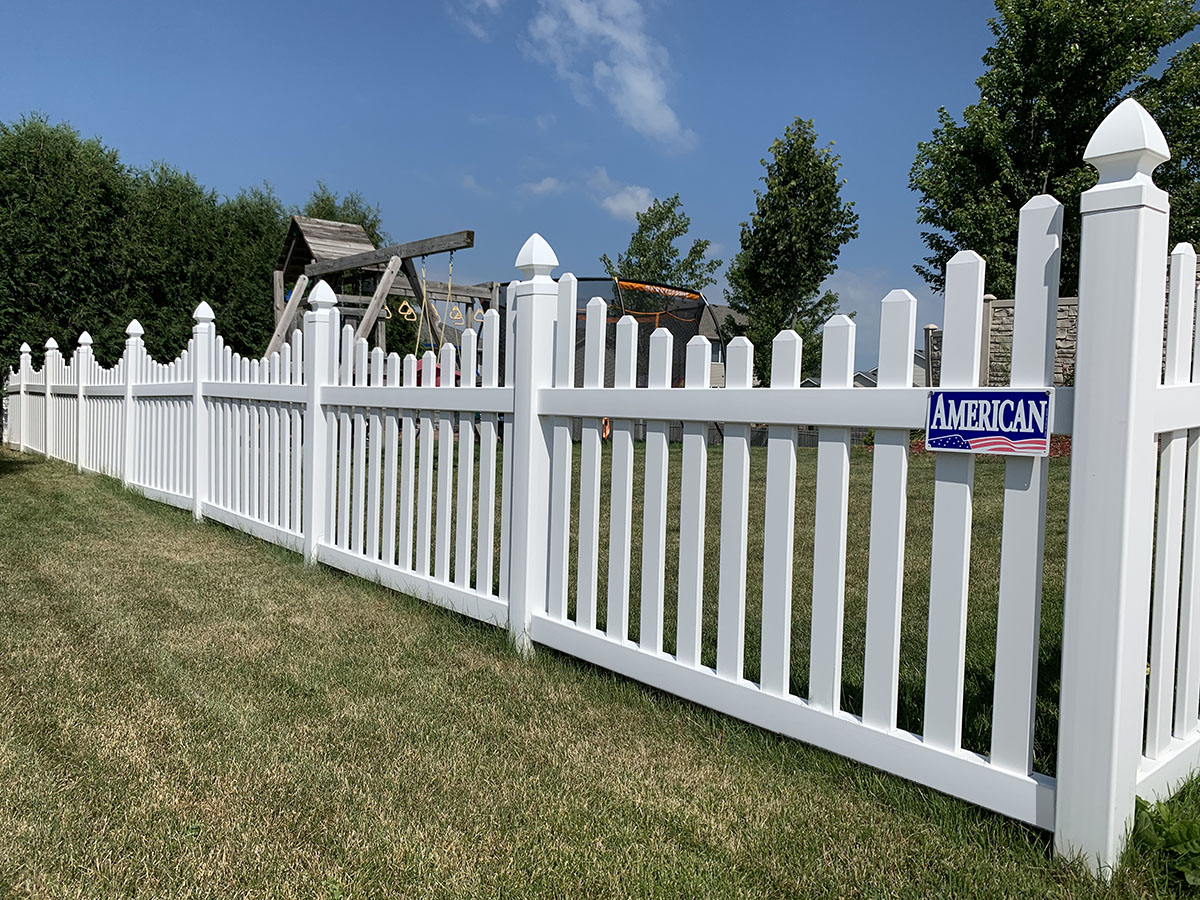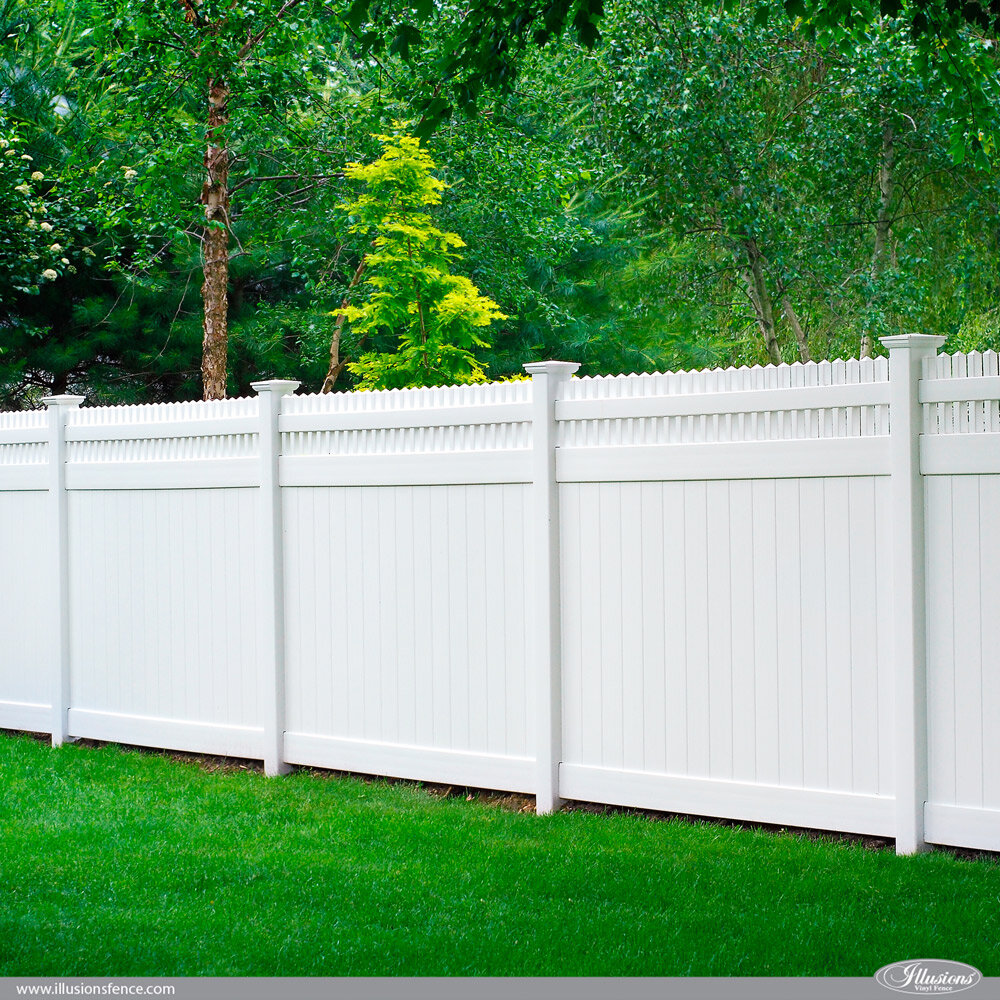All Categories
Featured

Whether you favor the timeless appearance of paint or the natural look of a stain, these surfaces safeguard your wood fence from the components and expand its life expectancy. Exactly how typically should you repaint or tarnish your wood fencing?
Aspects That Influence Paint and Discoloring Regularity. The frequency at which you need to paint or stain your fence is affected by a number of aspects, including your climate, the type of timber, and the surface you pick. Comprehending these elements can help you set a more accurate schedule for your fencing's maintenance.
- Climate and Climate Issues. The regional climate condition in your area will certainly have a considerable effect on just how promptly your fencing requires attention. In areas with severe climate, the fencing will certainly experience even more deterioration, calling for even more regular maintenance.
Hot, Sunny Climates: Straight sunlight can cause timber to dry out and come to be fragile, causing cracking and fading. If your fencing is exposed to extreme sunlight, you may need to paint or restain every 2 to 3 years to maintain its look and shield it from UV damages. Rain and Humidity: Locations with regular rain or high humidity can lead to moisture leaking into the timber. This can create the timber to swell, rot, or create mold and mildew and mold. In such environments, discoloration or painting every 1 to 2 years is generally required to maintain the wood sealed and shielded. Cold, Cold Temperatures: If your fencing is revealed to freezing temperature levels, the timber might expand and contract with the adjustments in temperature. This can tarnish or trigger the paint to peel and fracture. In chilly environments, fences typically require to be repainted or restained every 3 to 5 years. 2. Type of Timber. The sort of timber your fence is made from will affect just how regularly it needs paint or staining. Various timbers respond in a different way to weather, wetness, and UV rays.
Cedar and Redwood: These woods are normally immune to degeneration and bug damages, making them much more durable than other timbers. They might still require staining every 2 to 3 years to maintain their color and shield them from the sunlight's rough rays. Pine and Fir: Softwoods like yearn and fir are more susceptible to absorbing moisture and fading over time. You might need to discolor or paint these timbers a lot more frequently-- concerning every 1 to 2 years-- to prevent water damage and maintain them looking fresh. Pressure-Treated Timber: Pressure-treated timber stands up to rot and bug damage however can still absorb moisture. It's suggested to apply a tarnish or sealant every 2 to 3 years to keep the wood secured. 3. Stain vs. repaint. The kind of surface you choose for your fencing-- paint or tarnish-- influences exactly how typically you will require to touch it up.

Paint: Paint types a thick, safety layer externally of the wood. It's proficient at blocking out UV rays and moisture, yet with time it can peel, fracture, or discolor. Normally, a painted fence needs to be painted every 3 to 5 years, depending on direct exposure to the components. Discolor: Discolor soaks right into the wood, giving a much more all-natural appearance while still providing defense from dampness and UV rays. Discolor usually requires to be reapplied every 2 to 3 years, as it often tends to fade faster than paint, especially when subjected to guide sunlight. 4. Signs Your Fencing Needs a Fresh Layer. Also if you don't follow a set timeline for paint or discoloration, it is essential to look for indicators that show when your fence requires interest. Try to find these typical indications:
Discoloring or Discoloration: If your fencing is losing its color or has actually turned grey, it may be time to apply a fresh layer of discolor or repaint to recover its appearance. Peeling off or Fracturing: If the paint or tarnish is peeling off or breaking, your fence is no more completely protected, and water may be able to leak into the timber. This can result in rot or mildew. Water Taking in: You can execute a straightforward water test by spraying some water on your fence. If the water beads up, the coating is still working. It's time to restain or paint if it saturates in. 5. Proper Maintenance for Durability. To extend the life of your fencing and make sure the best results, require time to prepare the surface area before applying paint or tarnish. Tidy the fence extensively, getting rid of dirt, particles, mold, and mildew. Repair any fractures or damage to the wood before beginning the staining or painting process.
Select a dry, light day for applying your coating. Avoid doing this on very hot, cold, or humid days, as it can discolor or trigger the paint to dry as well promptly, leaving touches or an irregular surface. Comply with the supplier's guidelines for the very best application strategies, and always allow the wood to completely dry completely between coats.
Final thought. In general, a wooden fencing ought to be repainted or tarnished every 2 to 3 years, though the regularity can differ depending on your environment, the kind of timber, and whether the fencing is painted or discolored. Routine upkeep assists protect the timber from damage brought on by moisture, rain, and sun, guaranteeing your fence stays solid, practical, and appealing. By staying on top of fencing treatment, you can appreciate its elegance for years to find, without the fear of early damage.
Latest Posts
Professional Residential Roof Solutions You Can Trust Fund
Published May 25, 25
1 min read
Picking the Right Roofing Shade: Influence On Energy Performance
Published May 24, 25
1 min read
Experience WyHy FCU – The Key to Smarter Finances in Wyoming
Published May 22, 25
1 min read